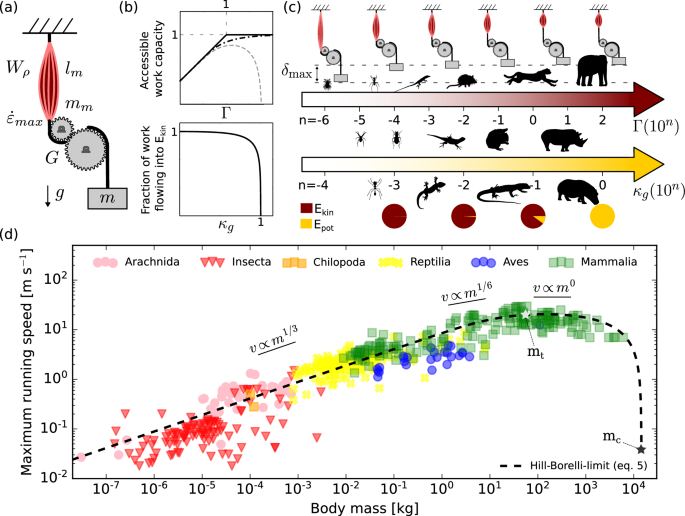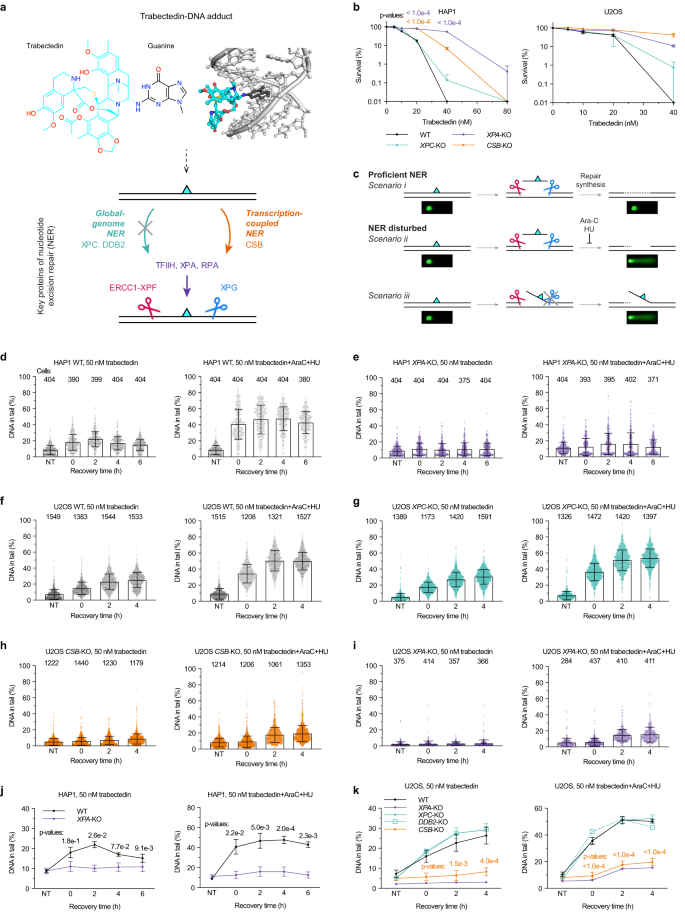2024-03-12 インペリアル・カレッジ・ロンドン(ICL)
<関連情報>
- https://www.imperial.ac.uk/news/251993/cheetahs-unrivalled-speed-explained-their-sweet/
- https://www.nature.com/articles/s41467-024-46269-w
動的類似性と最高走行速度の特異なアロメトリー Dynamic similarity and the peculiar allometry of maximum running speed
David Labonte,Peter J. Bishop,Taylor J. M. Dick & Christofer J. Clemente
Nature Communications Published:11 March 2024
DOI:https://doi.org/10.1038/s41467-024-46269-w

Abstract
Animal performance fundamentally influences behaviour, ecology, and evolution. It typically varies monotonously with size. A notable exception is maximum running speed; the fastest animals are of intermediate size. Here we show that this peculiar allometry results from the competition between two musculoskeletal constraints: the kinetic energy capacity, which dominates in small animals, and the work capacity, which reigns supreme in large animals. The ratio of both capacities defines the physiological similarity index Γ, a dimensionless number akin to the Reynolds number in fluid mechanics. The scaling of Γ indicates a transition from a dominance of muscle forces to a dominance of inertial forces as animals grow in size; its magnitude defines conditions of “dynamic similarity“ that enable comparison and estimates of locomotor performance across extant and extinct animals; and the physical parameters that define it highlight opportunities for adaptations in musculoskeletal “design” that depart from the eternal null hypothesis of geometric similarity. The physiological similarity index challenges the Froude number as prevailing dynamic similarity condition, reveals that the differential growth of muscle and weight forces central to classic scaling theory is of secondary importance for the majority of terrestrial animals, and suggests avenues for comparative analyses of locomotor systems.


